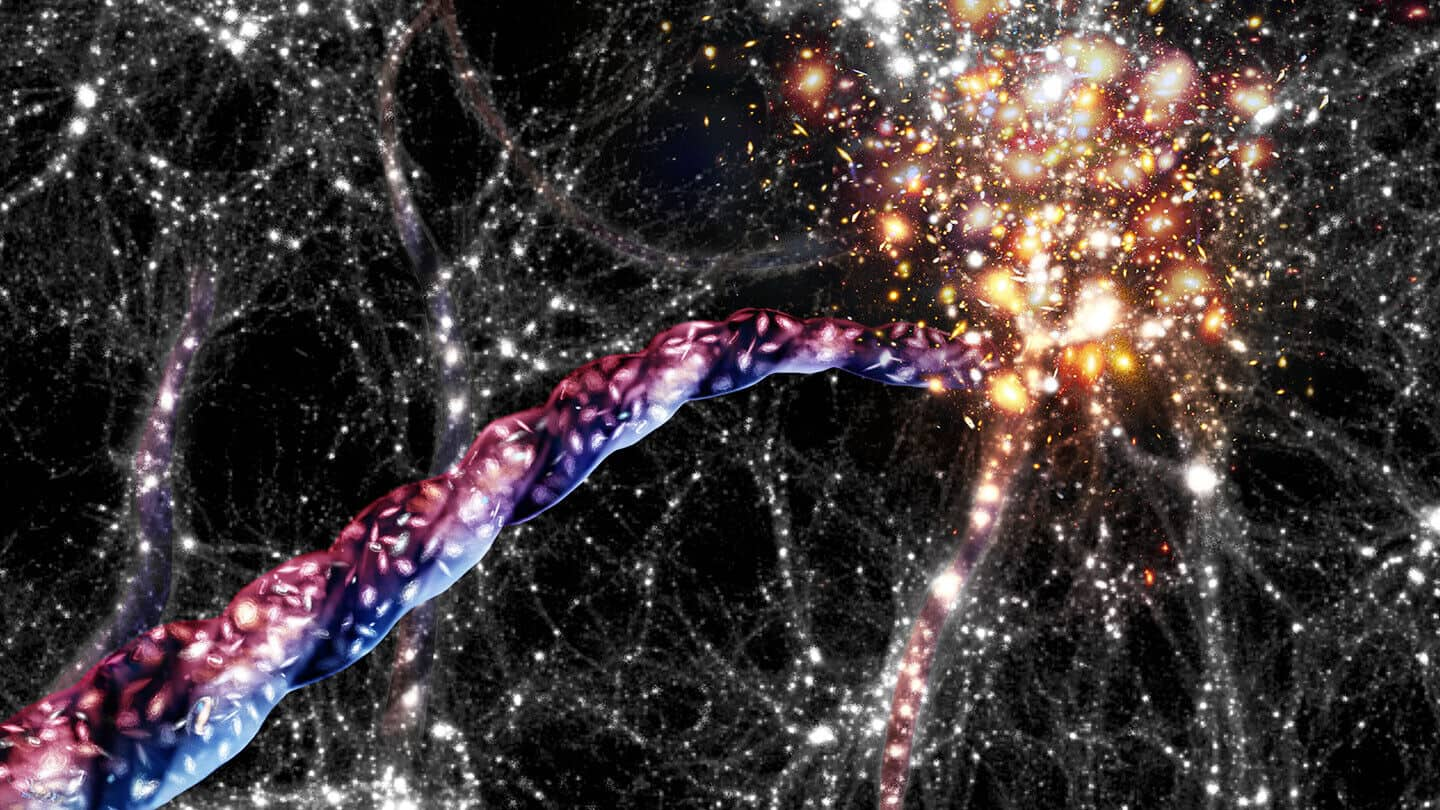Uncovering the Secrets of the Petralona Skull: A 300,000-Year-Old Mystery!

What if I told you that a bizarre skull, half-human and half-unicorn, could rewrite our understanding of human evolution? Welcome to the enigma of the Petralona skull, a remarkable discovery that has baffled scientists for over six decades!
Found in the Petralona Cave, just about 22 miles southeast of Thessaloniki, Greece, this ancient cranium has been dated to be less than 300,000 years old. But here’s the twist: it’s not a Homo sapiens like you and me, nor is it your typical Neanderthal. Instead, researchers from China, France, Greece, and the UK assert that this fossil occupies a 'key position in European human evolution.'
The Petralona skull is striking, featuring a stalagmite protruding from the top - yes, you heard that right! This odd addition isn’t just for show; it’s a mineral formation that forms slowly over time as water drips from cave ceilings. It’s like nature’s way of creating art out of ancient bones!
First discovered back in 1960 by a local villager named Christos Sariannidis, this skull was literally cemented to the cave wall, fused there by calcite – a common mineral in caves. Imagine stumbling upon such a treasure while looking for a place to escape the summer heat!
Now, thanks to innovative research methods, scientists have dated the calcite that grew directly on the skull, providing crucial insight into its age. The results? It’s at least 277,000 years old, possibly pushing even closer to 295,000. This places the skull in the later Middle Pleistocene era, a time when Europe was a lush landscape filled with forests and open woodlands, starkly contrasting the dry conditions we often associate with prehistoric life.
For years, estimates of the skull's age ranged wildly from 170,000 to 700,000 years, leaving many scientists scratching their heads. Now, with this new information, we can start to piece together the historical puzzle. The skull is believed to belong to a male individual from a group known as Homo heidelbergensis, an ancestor of both Neanderthals and modern humans. Unlike our direct ancestors, these beings roamed Europe alongside their Neanderthal cousins and had a more primitive lifestyle.
This young adult’s teeth showed only moderate wear, suggesting he was still in his prime, which is why the fossil is often referred to as 'Petralona man.' The debate surrounding this skull has been ongoing since its discovery, often overshadowed by confusion regarding its classification. Some have even speculated it could belong to Homo erectus or archaic Homo sapiens!
In the early 1980s, intense discussions arose over its dating, as early attempts yielded conflicting results. The latest study, published in the Journal of Human Evolution, may finally offer clarity, firmly suggesting that this skull is indeed a significant piece of our evolutionary history, though confirmation of its exact classification awaits further research.
As we continue to explore our origins, the Petralona skull stands as a testament to the mysteries still hidden in our past. Could this be the missing link that bridges our understanding of human evolution? Only time will tell!


















